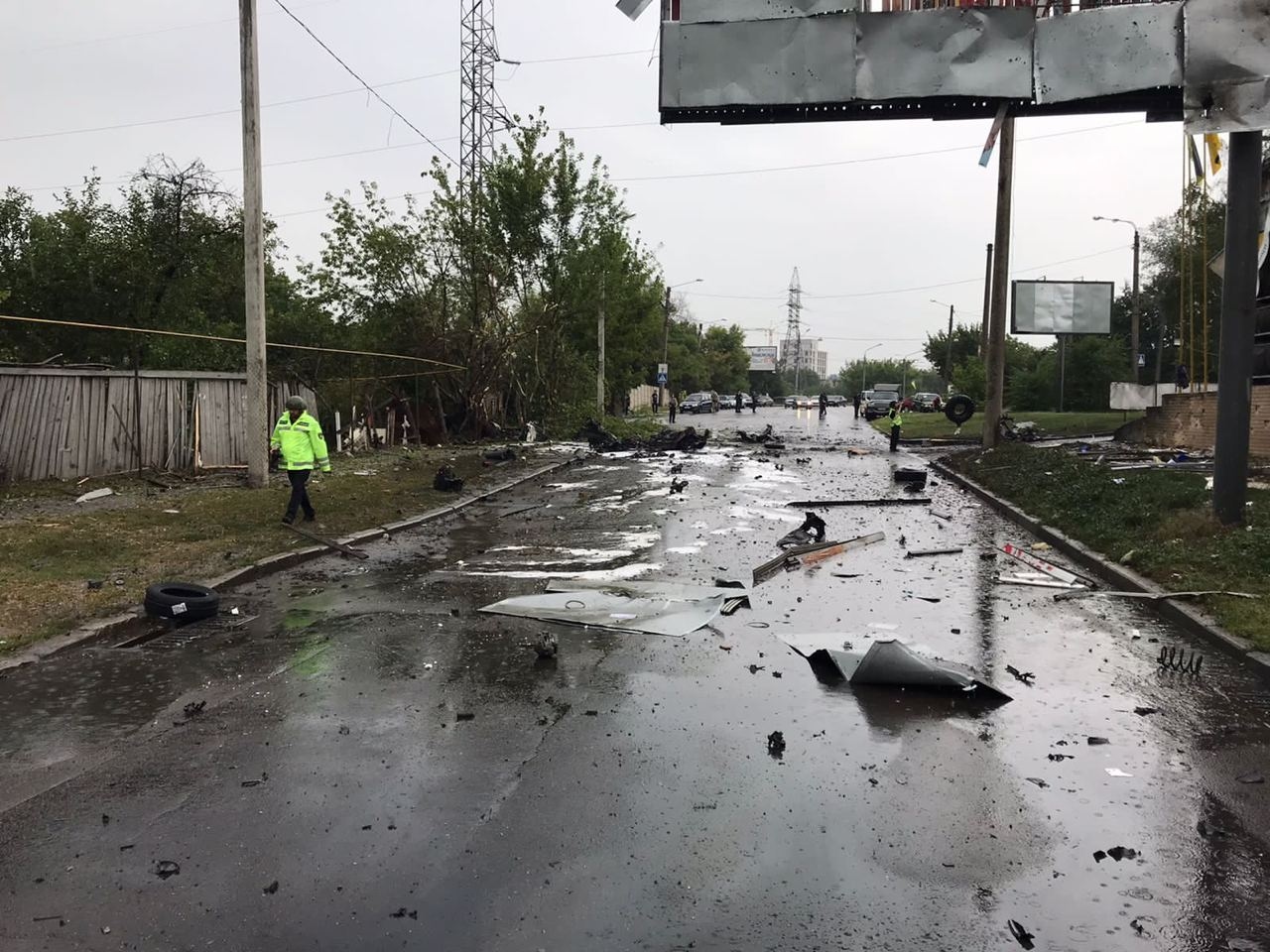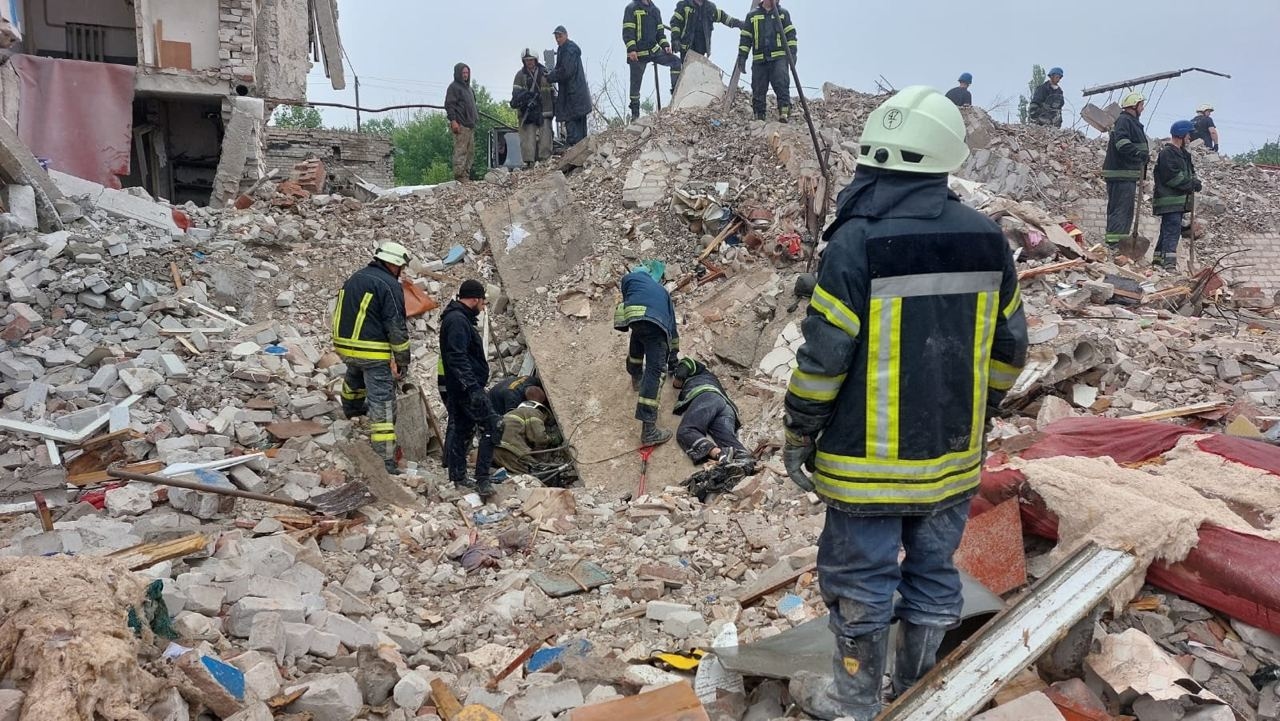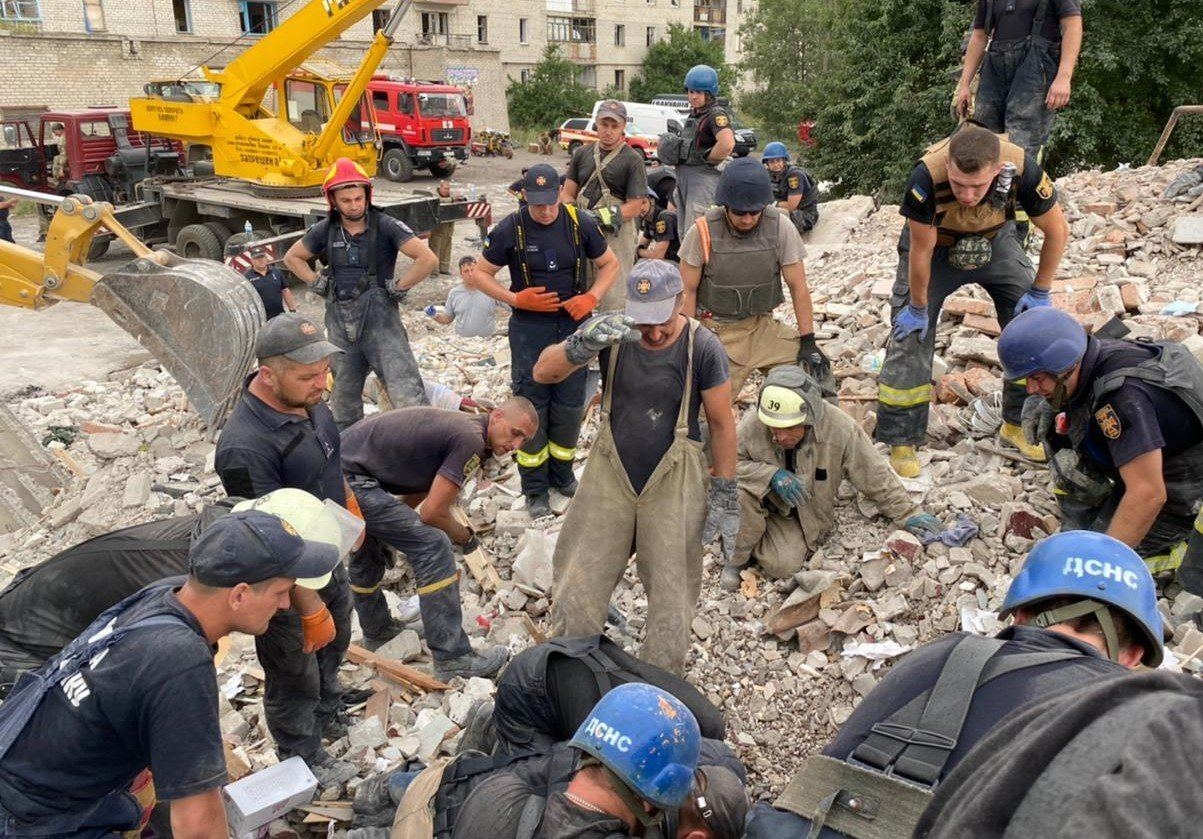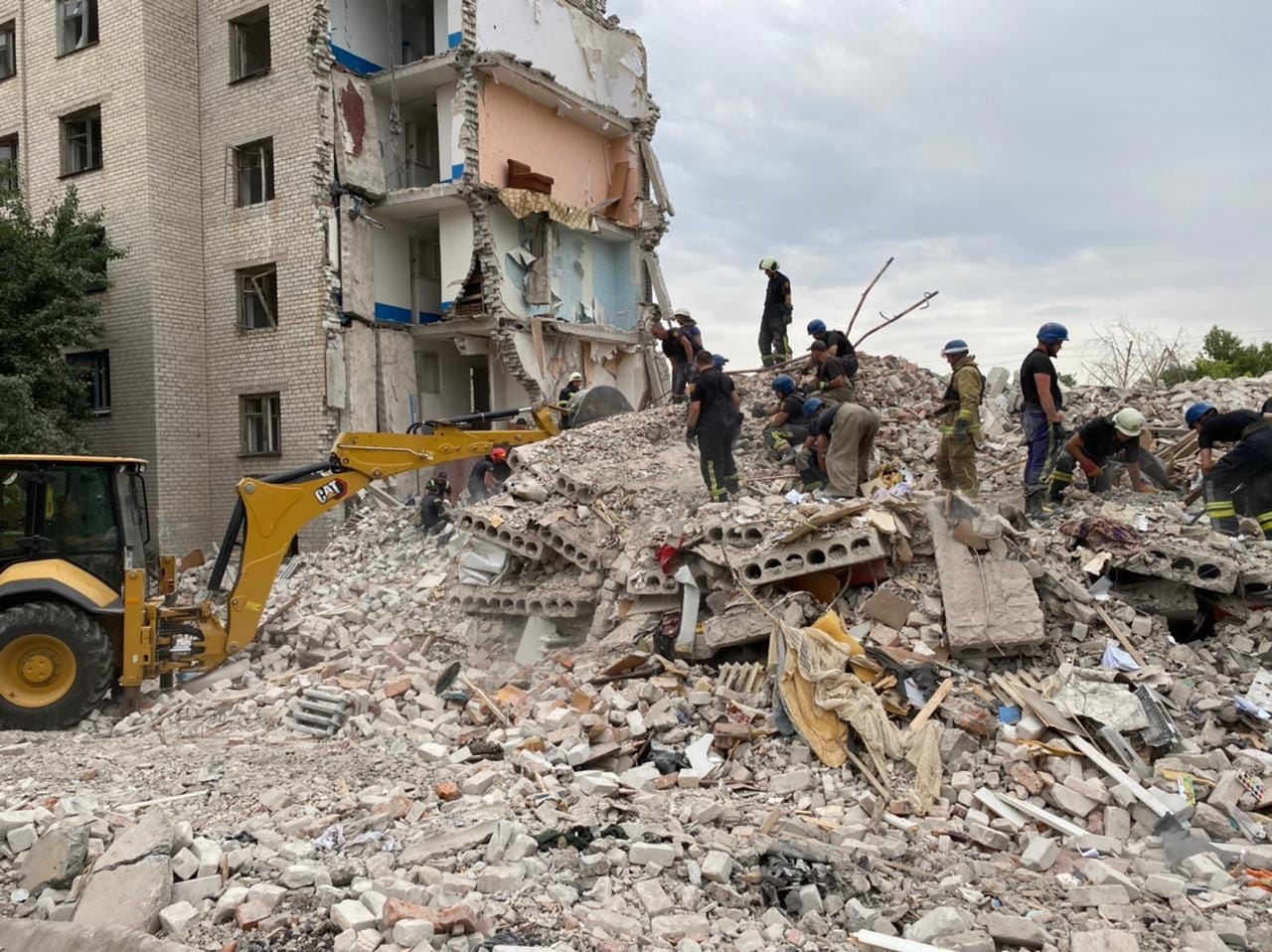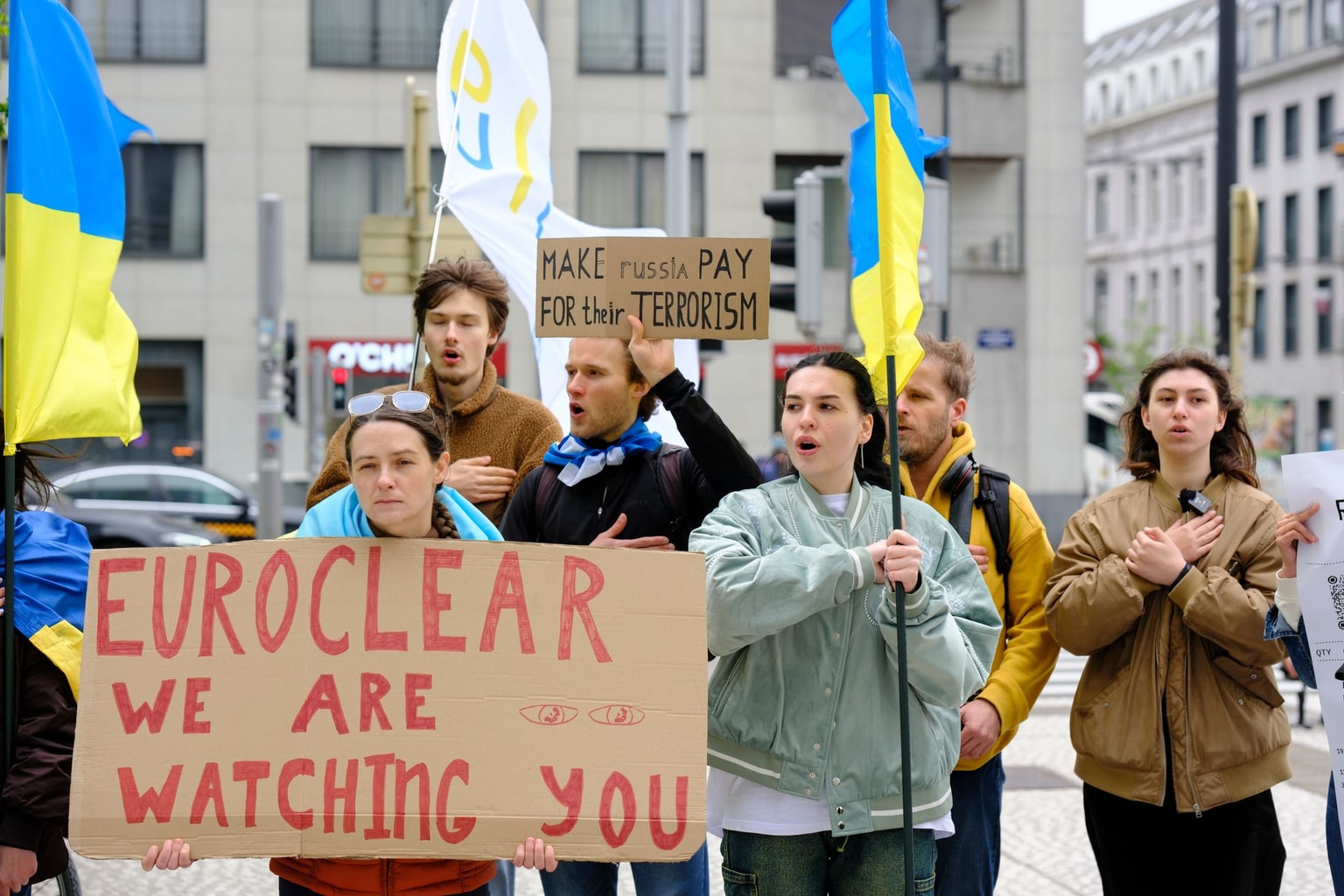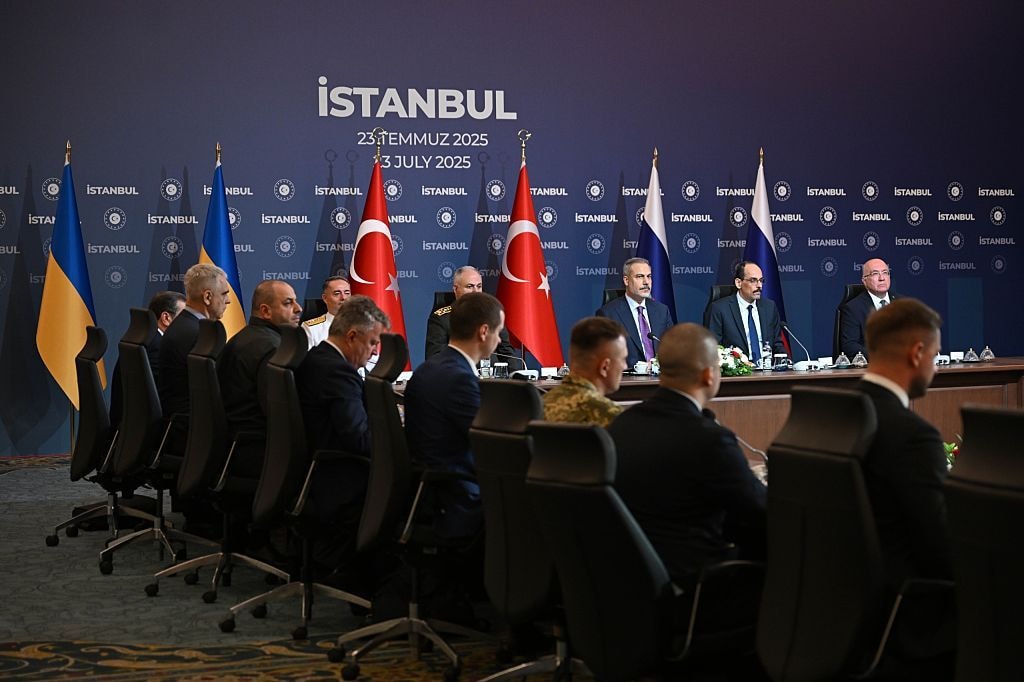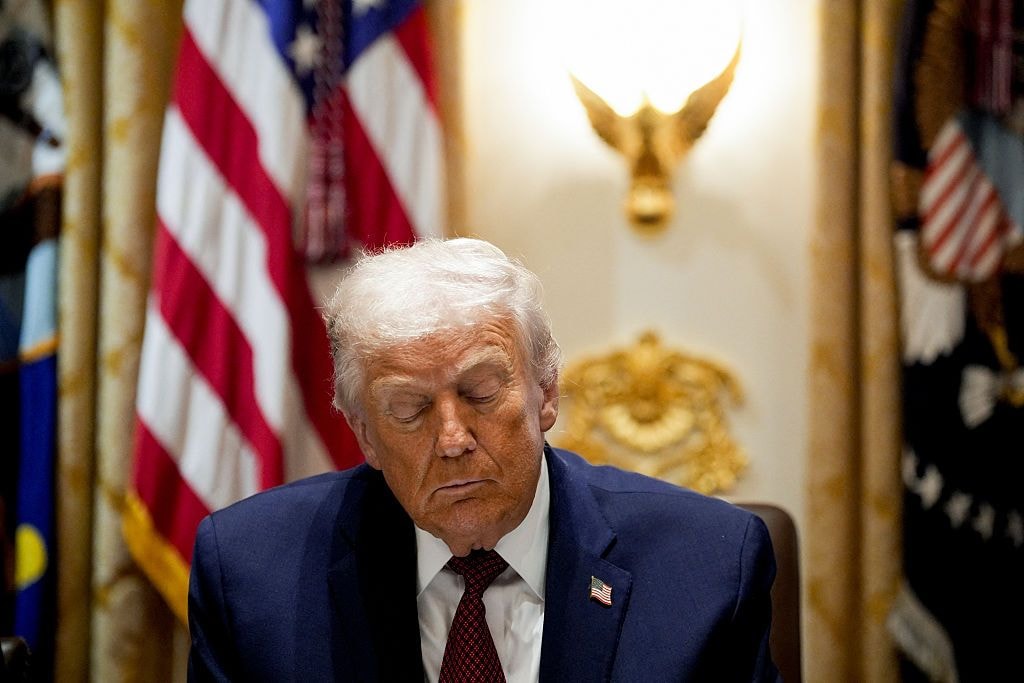Russia steps up missile attacks, killing dozens across Ukraine
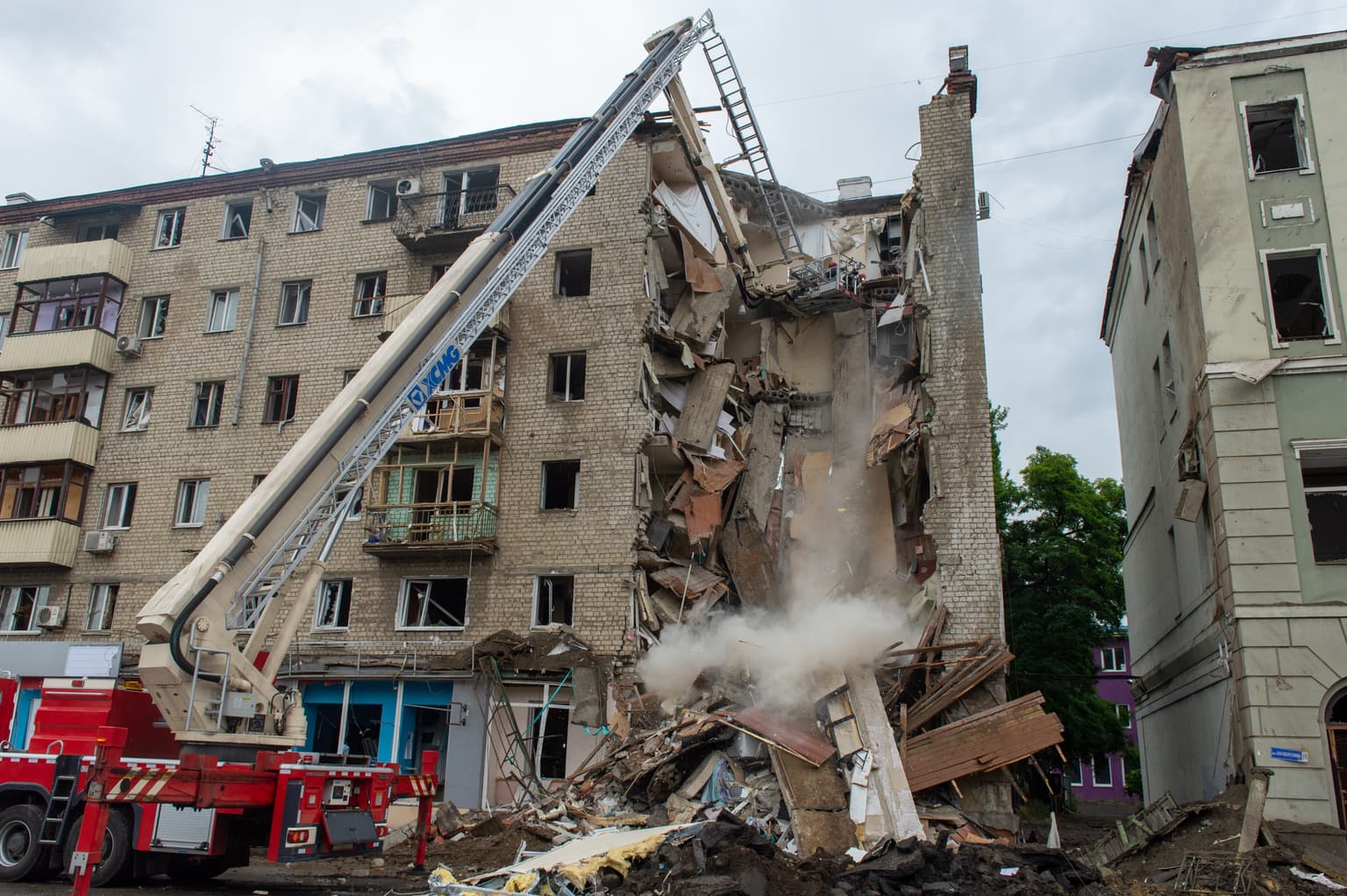
Russian missile attacks hit several regions of Ukraine on the morning of July 11, killing dozens and damaging or destroying homes and infrastructure.
Attacks were reported in Kharkiv, Mykolaiv, and Odesa oblasts.
In Ukraine’s second-largest city of Kharkiv, Russian missile strikes resulted in a total of at least six deaths and 31 injuries, the Prosecutor General’s Office reported.
Calling the attacks “absolute terrorism,” Kharkiv Oblast Governor Oleh Syniehubov said that Russian forces had fired 15 cruise missiles at Ukraine from Russia’s Belgorod Oblast early in the morning, three of which hit the city of Kharkiv.
One of the missiles destroyed a school, another hit a residential building. The third landed near warehouses, according to the official.
Kharkiv bombardment
Hours after the initial attack, another Russian missile strike hit Kharkiv at around 10 a.m., after which houses and a shopping mall caught fire, Syniehubov said.
Among the victims were a 17-year-old boy and his father who happened to be driving past a car repair shop that was hit during the attack. The explosion killed both of them and mutilated their bodies, according to prosecutors.
The governor also said that two children – a four-year-old and a 16-year-old – were among the injured but they are in stable condition.
All injured victims have been hospitalized, and most of them received shrapnel injuries, according to Syniehubov. He urged residents to stay indoors for their own safety unless it’s absolutely necessary to go outside.
Kharkiv, in Ukraine’s northeast, close to the Russian border, has endured heavy bombardment during the first few months of the war followed by a period of relative calm, which has encouraged life in the city to slowly return to normal.
Renewed shelling in recent weeks has shattered this relative calm. The governor admitted that it is “currently extremely difficult, in fact impossible,” to shoot down all of the rockets hitting the region.
A day prior, Syniehubov said on national television that missiles fired from Russian territory can reach the city within 30-40 seconds, and only a few of them can be downed by Ukraine’s air defenses. He underscored that Russia continues to rely on its tactics of terrorizing civilians in Ukraine by targeting residential areas.
Ukraine’s south under fire
In the south, Russia launched missile strikes on both Odesa and Mykolaiv oblasts on July 11.
Russian forces launched four missiles on Odesa Oblast from planes flying above the Russian-occupied Crimea.
Later in the day, another barrage of missiles struck the region, hitting a house, port infrastructure, and fields, according to Ukraine’s Operational Command “South.”
No casualties were reported in either of the attacks.
In neighboring Mykolaiv Oblast, Russian missiles hit the regional capital where at least one person was injured, according to Mykolaiv Oblast Governor Vitaliy Kim. He didn’t specify what was hit.
Russia increases attacks
The July 11 strikes follow a recent burst of high-casualty attacks on civilian infrastructures.
To the east, the death toll continues to climb from the July 9 missile attack that destroyed three buildings in the residential town of Chasiv Yar in Donetsk Oblast.
Days after the strike, dozens of State Emergency Service workers have continued to pull out more bodies and some survivors from a destroyed five-story apartment building.
The death toll in the Russian missile attack on Chasiv Yar rose to 33 as of 11:30 p.m. July 11.
About 170 tons of debris have been removed so far, which accounts for 65% of the building’s total, according to Deputy Head of the President's Office Kyrylo Tymoshenko.
Russia’s growing use of imprecise Soviet-era missiles hitting populated residential areas continues to put civilians at risk.
Emphasizing that Russia had carried out 34 airstrikes on July 10-11 President Volodymyr Zelensky refuted claims that Russia is taking an “operational pause” or decreasing the number of attacks on Ukraine.



